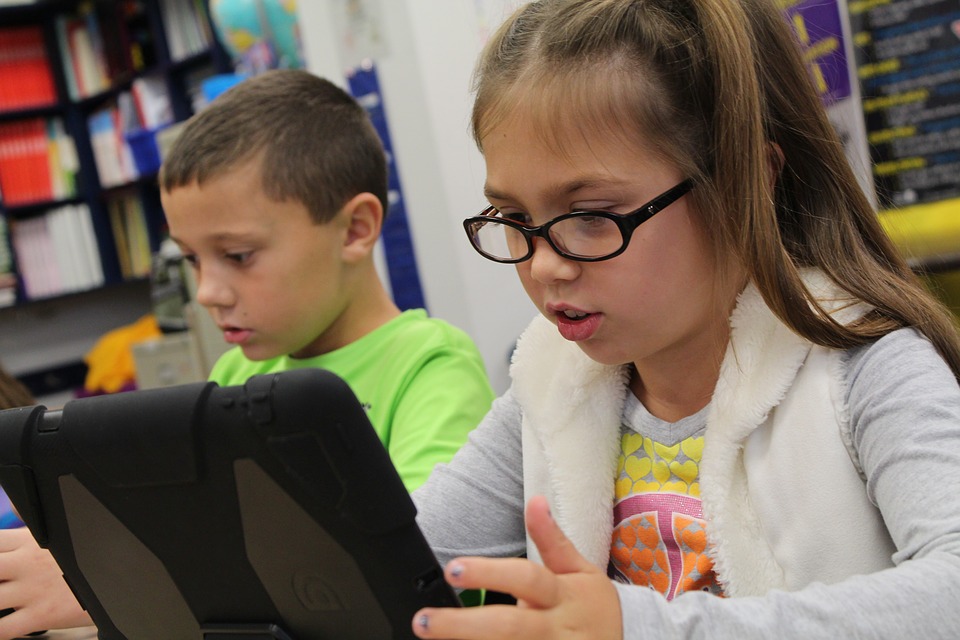 In today’s world, apps are indispensable. They give us directions to keep us from getting lost, allow us to manage our money, and a hundred other daily tasks. So it is no surprise that apps have been created for helping students, especially those with learning and attention challenges such as ADHD, to organize and perform tasks more effectively. Apps, in combination with treatment modalities and coaching support, are empowering these students to perform at a higher level than they might otherwise.
In today’s world, apps are indispensable. They give us directions to keep us from getting lost, allow us to manage our money, and a hundred other daily tasks. So it is no surprise that apps have been created for helping students, especially those with learning and attention challenges such as ADHD, to organize and perform tasks more effectively. Apps, in combination with treatment modalities and coaching support, are empowering these students to perform at a higher level than they might otherwise.
Distributed Cognition
Brock Eide, M.D., and Fernette Eide, M.D. discuss an interesting idea called “distributed cognition.” It has emerged as educational researchers rethink the concept of intelligence. Traditionally, intelligence has been measured by our ability to remember and regurgitate something we have studied. The Eides define distributed cognition in their article “A New View of ‘Smart’ for Kids With Learning and Attention Issues.”
One helpful idea is called distributed cognition. That term is a mouthful, but the concept is simple.
Cognition means how your brain knows and understands things. Distributed means shared. So distributed cognition is what you can know and understand if your brain cooperates with outside helpers—whether they’re tools, printed information or other people.
It also means that your intelligence isn’t fixed by the information you carry around in your head. Intelligence can be increased by the way you interact with your environment.
In other words, how “smart” you are is really the sum of two things: The first is what you know on your own. The second is what you can easily learn by interacting with the things you have easy access to.
Apps, search engines and other software tools assist students with learning and attention issues by freeing them of the necessity for memorization which is difficult. Apps can be especially useful in memory intensive areas such as:
- Procedures, especially multi-step instructions for how to do things
- Rote facts, like times tables, state capitals or the lists of chemical elements in the periodic table
Apps Aplenty
There are dozens of apps to help students and adults with learning and attention issues, and more coming to market each year. Understood.org provides an excellent survey of apps for students of all ages. For example, the Voice Dream Reader helps students with reading issues: it is a customizable app that lets kids highlight text and have it read aloud to them. Healthline also publishes a regular survey of apps for people with ADHD. Below are demonstrations of some apps for users with ADHD.
Traxion is a mobile app aimed at helping those with ADHD organize your time and time tasks more effectively.
The Social Navigator helps children and teens with social and behavior issues learn to cope more effectively in various social situations.
Time to Rethink Our Educational Model?
As software becomes more deeply embedded into our world, it brings greater urgency to the work of updating our traditional educational model to match what we encounter in life. Distributed cognition is a way of life now outside of the classroom. Most adults would find it hard to navigate the complexities of modern life without Google and smartphone apps. In school, these technologies can be a great leveler for kids struggling with learning and attention issues.



Claire Krupp
The Traxion app looks great, but I can’t find any website or fb posts after 2013. Does it still exist?